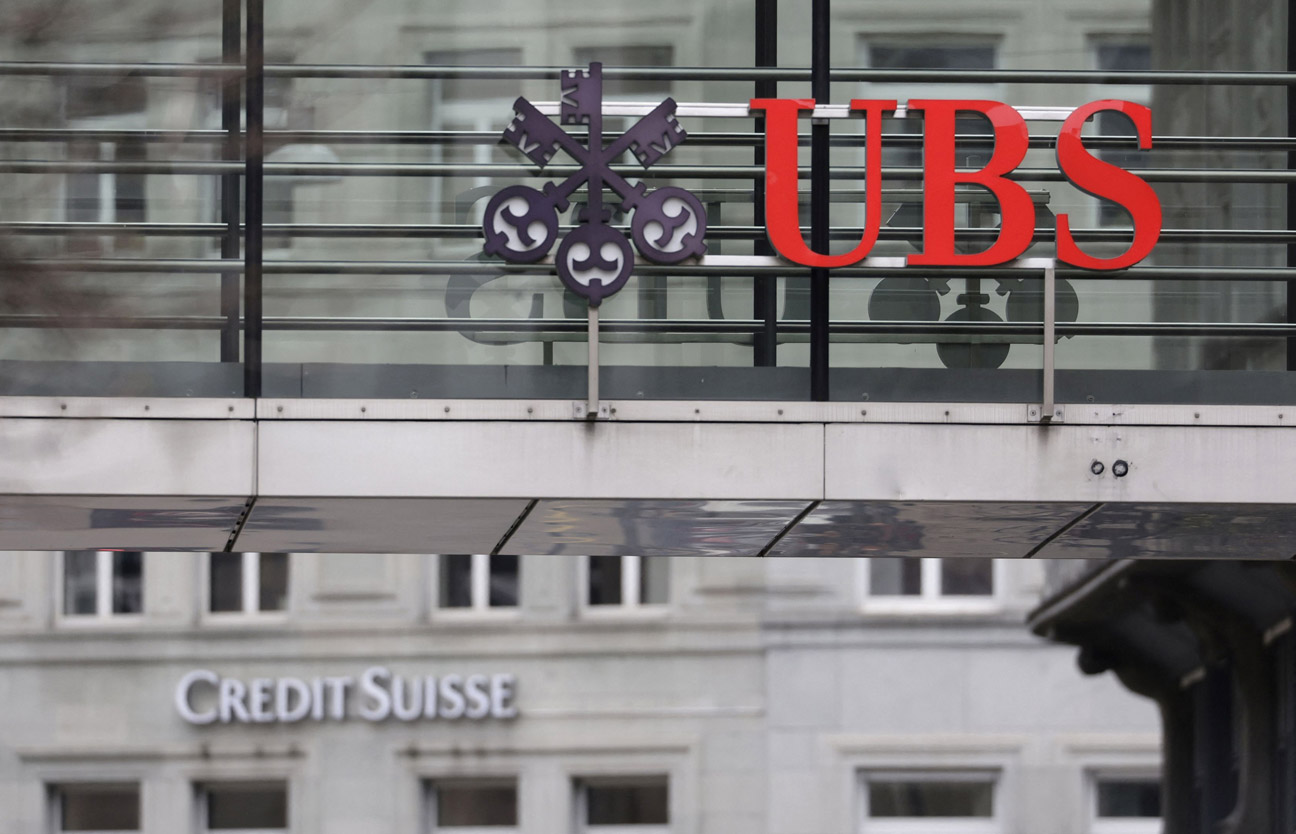Switzerland’s wealthy and diversified economy, strong fiscal position, and low public debt ratio provide buffers to withstand a substantial shock in excess of the explicit support the government has offered to UBS and Credit Suisse, a leading rating agency said.
However, DBRS Morningstar said the recent instability in the Swiss financial system exposes some of the risks emanating from its large banking sector, estimated at around 520% of GDP.
“The merger of the two banks will most likely result in output and job losses as Credit Suisse employs approximately 16,000 people in Switzerland, and there will be secondary effects.
“The impact on public finances is likely to be manageable, but will depend on the outcome and success of the merger plan,” it added.
On March 19, UBS announced a takeover of Credit Suisse, supported by a public liquidity backstop.
UBS will pay CHF 3 bln to acquire Credit Suisse. In addition to the Swiss National Bank’s (SNB) existing liquidity facilities, a CHF 100 bln liquidity assistance loan from SNB to Credit Suisse and UBS, with preferential creditor status in bankruptcy, has been made available.
Also, in order to facilitate the takeover, the Swiss federal government will provide to the SNB a loan guarantee based on a Public Liquidity Backstop (PLB) facility of up to CHF 100 bln for Credit Suisse.
Furthermore, the Swiss Confederation will provide a CHF 9 bln guarantee to UBS to cover any potential losses that emerge from acquiring part of Credit Suisse’s portfolio.
1% of GDP
If losses were to occur on certain assets that UBS will acquire, UBS would be required to cover the first CHF 5 bln and the federal government would cover an additional CHF 9 bln, the latter amounting to just over 1% of GDP.
“This operation and the creation of a larger financial institution materially will increase concentration in the Swiss banking system, which could ultimately increase contingent liability risks attached to a single bank,” DBRS Morningstar said.
“The liquidity lines with preferential rights in bankruptcy proceedings, combined with the risk premiums that Credit Suisse has to pay to both the federal government and the SNB, provide some assurances against potential losses for the sovereign.
“However, this could make other creditors more nervous about seniority when considered together with the decision by Swiss authorities to write down CHF 16 bln in Additional Tier 1 (AT1) bonds issued by Credit Suisse.
“This event also casts some shadow over Switzerland’s historical status as a reputable and strong financial centre and this could take time to mend,” the rating agency said.
Given the likelihood that restructuring efforts could take several years to complete, DBRS Morningstar said it will continue to monitor the ongoing situation, in particular, for the crystalisation of contingent liabilities or new risks that could damage public finances or create material downside risks to growth prospects.










